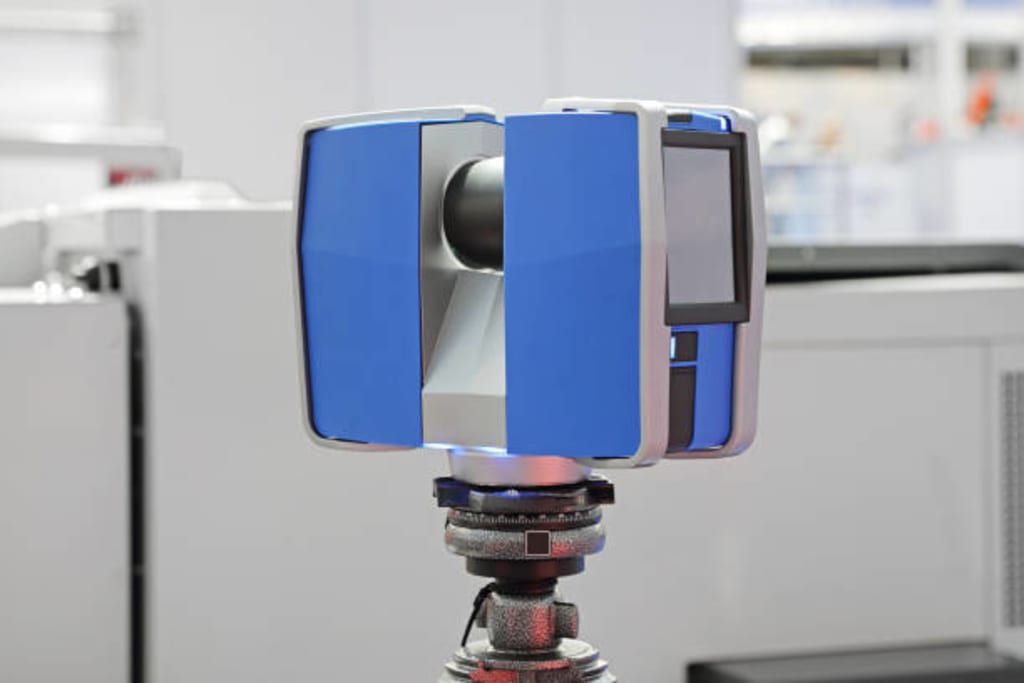
Redefining Boundaries: The Evolution of 3D Laser Scanning
In the world of technology, certain innovations have the power to change the way we perceive and interact with our surroundings. 3D laser scanning is one such transformational technology that has been steadily redefining boundaries and pushing the envelope of what's possible. This article delves into the evolution of 3D laser scanning, its current impact, and the exciting possibilities it holds for the future.
The Birth of a Game-Changer
The roots of 3D laser scanning can be traced back to the mid-20th century when scientists and engineers began exploring the potential of laser technology. Early laser scanning devices were large, cumbersome, and limited in their applications. However, the fundamental idea was groundbreaking: to use laser light to measure and map the physical world in three dimensions.
From Precision to Accessibility
As technology progressed, 3D laser scanning evolved from an experimental concept to a practical, widely-used tool. Advancements in laser technology, computing power, and sensor design allowed for more compact, accurate, and affordable devices. This increased accessibility sparked a revolution across various fields.
Applications Across Industries
The impact of 3D laser scanning spans a broad spectrum of industries. In architecture and construction, it has revolutionized project planning, design, and site analysis. The technology enables architects and engineers to capture accurate 3D data of existing structures, reducing design errors and saving time and money.
In the realm of archaeology and cultural preservation, 3D laser scanning has breathed new life into ancient artifacts and archaeological sites. The ability to capture detailed digital representations of historical relics and buildings has not only aided in their preservation but has also allowed researchers to analyze and study them with unprecedented precision.
The healthcare sector has embraced 3D laser scanning for patient-specific applications, from customized prosthetics and orthopedic implants to highly accurate surgical guides. This personalization not only enhances patient care but also reduces the need for follow-up procedures.
In crime scene investigation, forensic scientists benefit from 3D laser scanning's ability to meticulously document and preserve evidence. It enhances the accuracy and thoroughness of investigations by providing an exact replica of the crime scene, which can be revisited as many times as needed.
Environmental monitoring and land management also reap the rewards of this technology. By creating detailed 3D models of landscapes and ecosystems, scientists and land managers can better understand environmental changes, inform conservation efforts, and make informed decisions regarding land use.
The Future of 3D Laser Scanning
The future of 3D laser scanning is incredibly promising. Advancements in lidar technology, which is the core of many laser scanning systems, are making devices even more precise and efficient. Furthermore, the integration of artificial intelligence and machine learning is opening new horizons for data analysis and interpretation.
One of the most exciting prospects for 3D laser scanning lies in the field of autonomous vehicles. Lidar technology is a critical component in the development of self-driving cars, providing them with real-time, highly detailed information about their surroundings. This technology is instrumental in the advancement of safer and more efficient transportation systems.
The evolution of 3D laser scanning service is far from complete. As it continues to mature and expand its applications, the boundaries of what we can achieve are pushed further. The technology is not just redefining our perception of reality but also offering innovative solutions and insights in ways we couldn't have imagined just a few decades ago.
In conclusion, 3D laser scanning is more than a tool; it's a testament to human innovation and our unyielding drive to redefine boundaries and explore the uncharted territories of possibility. As we look forward to the future, we can only anticipate the remarkable developments that await as 3D laser scanning continues to evolve, transform industries, and reshape our world.





Comments
There are no comments for this story
Be the first to respond and start the conversation.